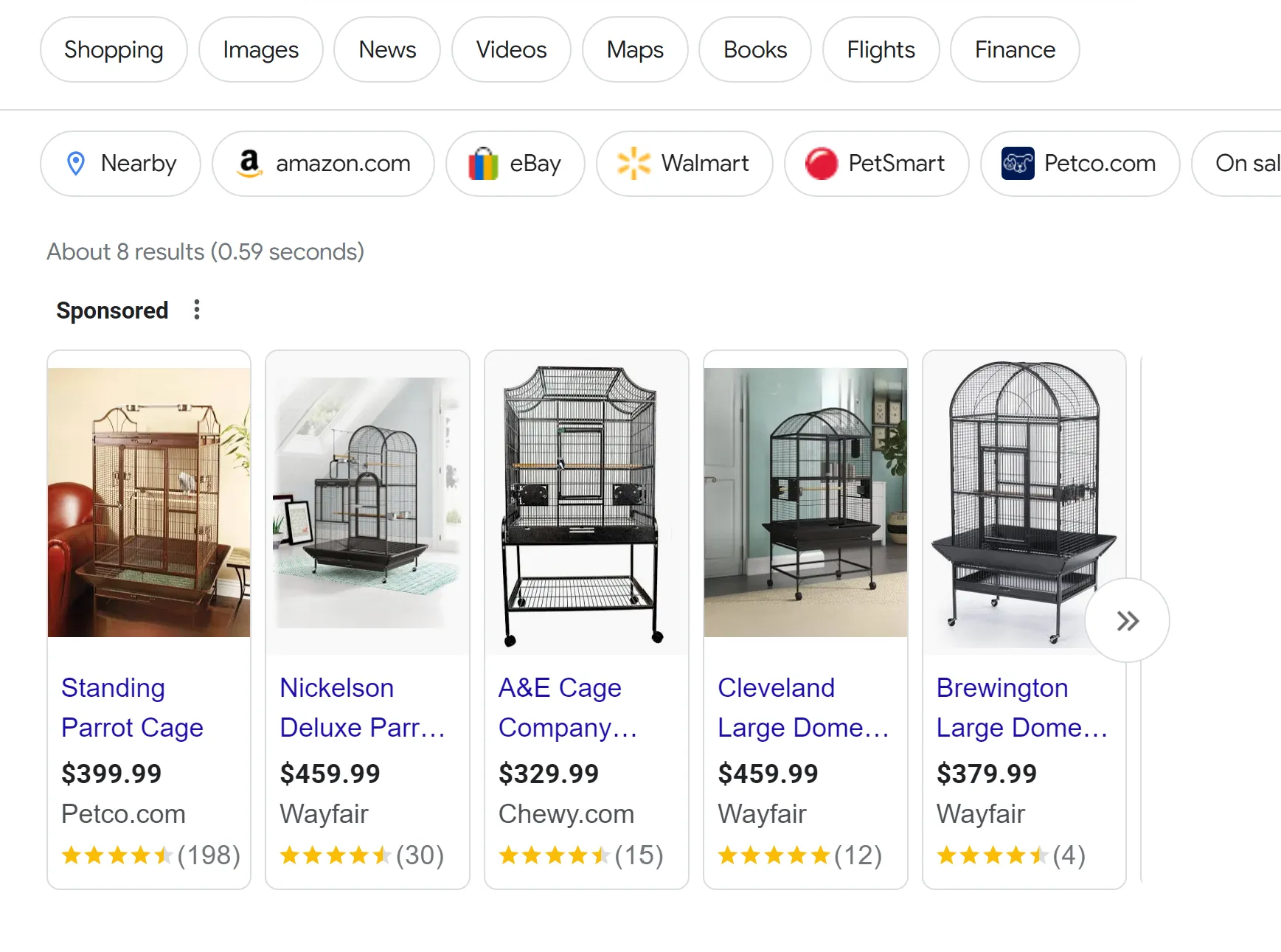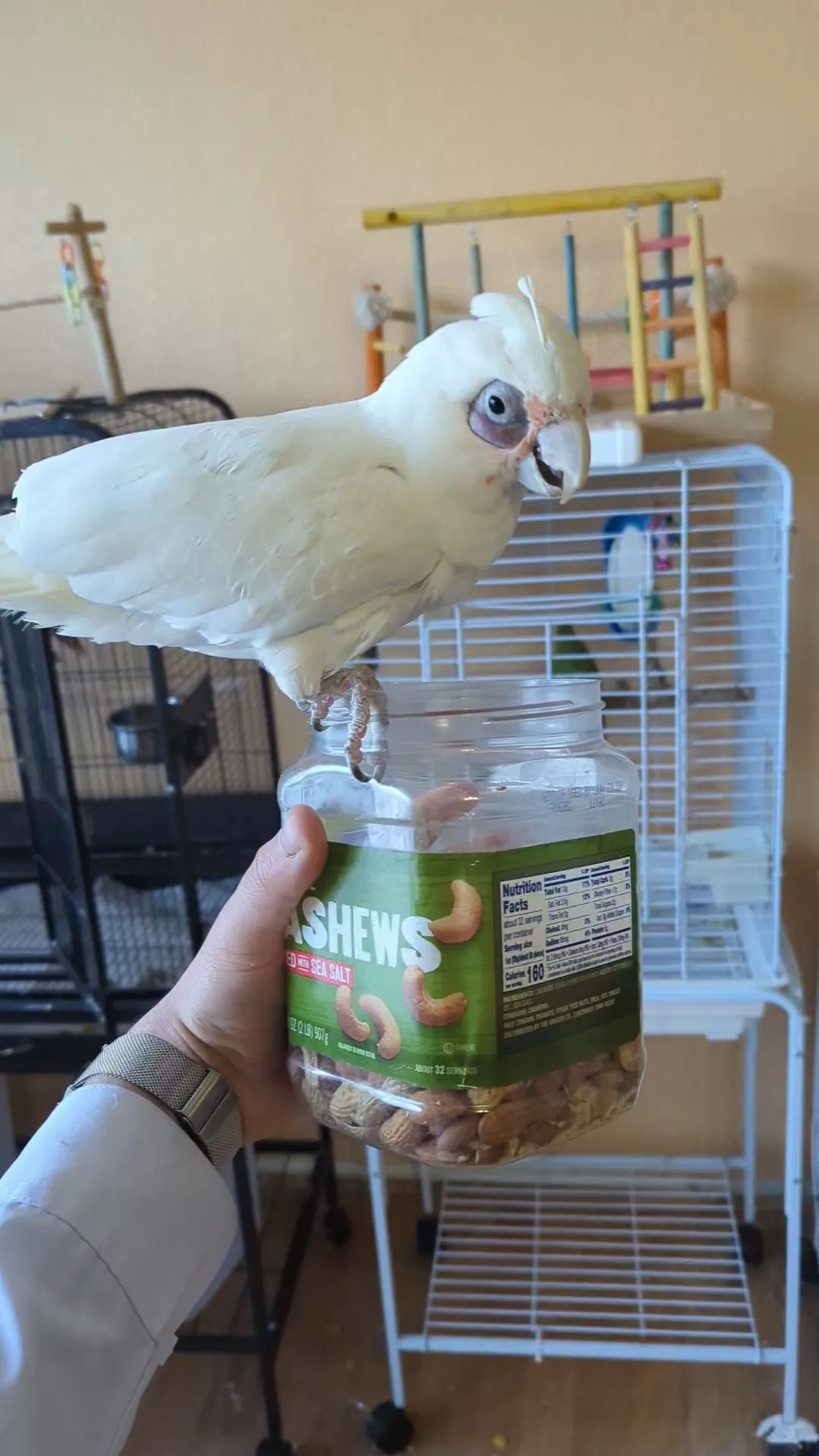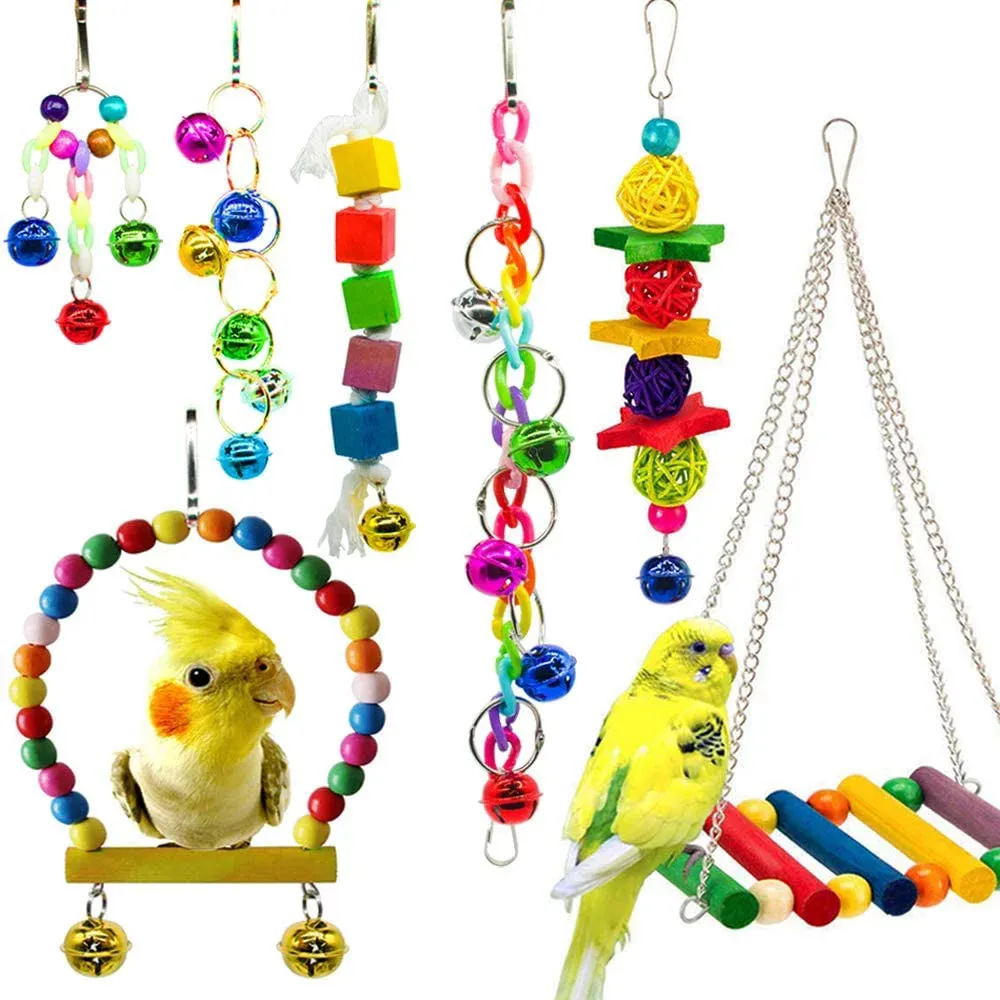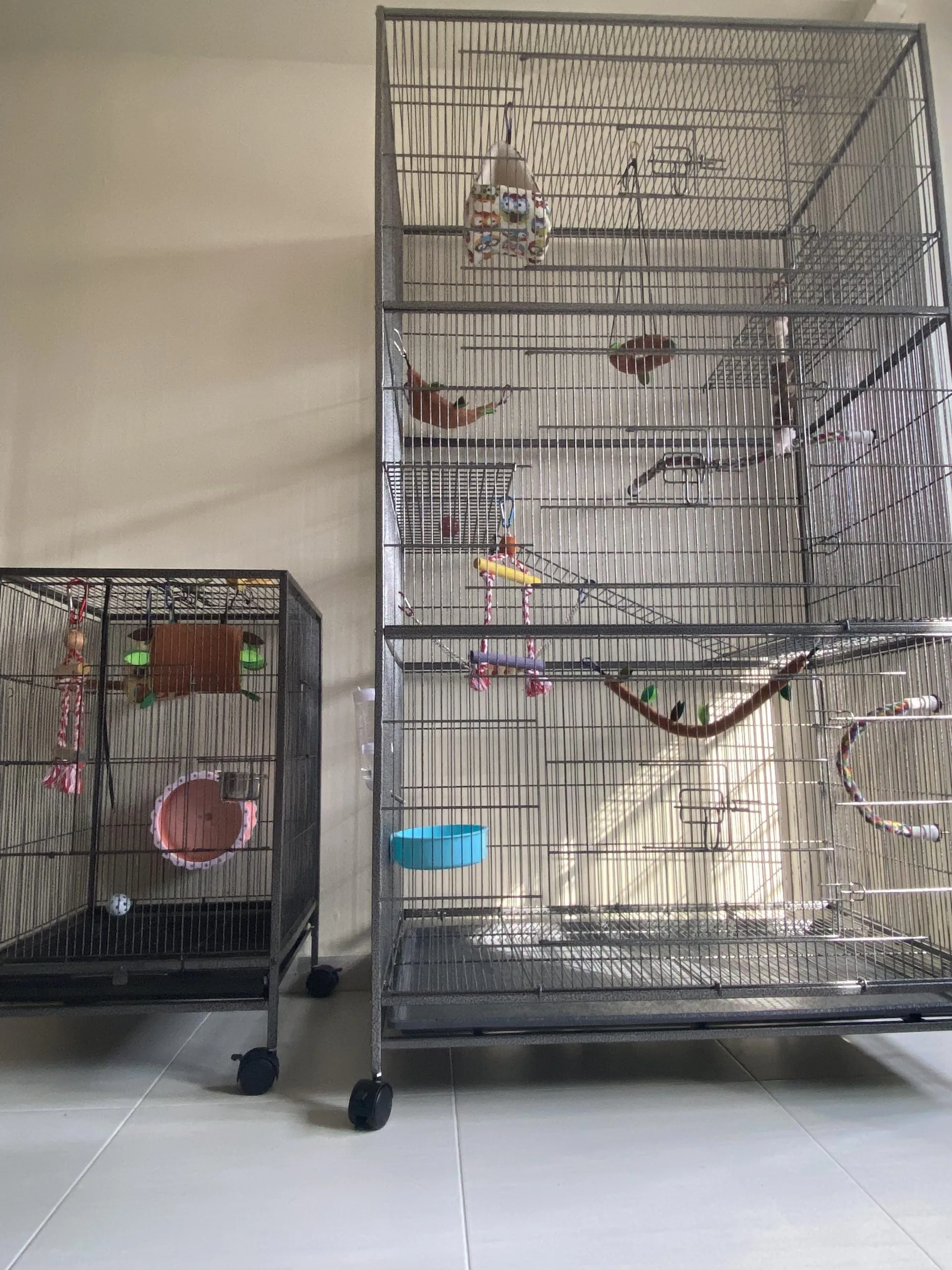As a seasoned parrot expert and trainer with years of hands-on experience rescuing and caring for feathered companions, I’ve seen firsthand how the right bird cage can make all the difference. Whether you’re a first-time owner welcoming a budgie or managing a majestic macaw, selecting the best bird cages ensures your pet thrives without stress or health issues like feather plucking. In this guide, we’ll break down ideal sizes, features, and tips tailored to different bird species, helping you avoid common pitfalls.
Choosing the best bird cages isn’t just about aesthetics—it’s crucial for your bird’s physical and mental well-being. Insufficient space leads to depression, boredom, and destructive behaviors such as plucking, which signals deeper problems. Always prioritize room for flight, perching, and play to keep your avian friend happy and healthy. For more beginner-friendly options, check out the easiest pet bird species that adapt well to home life.
 Bird owner inspecting a spacious cage to prevent plucking issues
Bird owner inspecting a spacious cage to prevent plucking issues
Why Cage Size Matters for Bird Health
The foundation of any great setup starts with size. Birds are active creatures that need space to stretch wings, hop between perches, and explore. A cramped environment mimics captivity stress, potentially causing obesity, aggression, or self-mutilation. Veterinary experts from organizations like the Association of Avian Veterinarians emphasize that cages should allow full wingspan extension plus extra room for movement. Base your choice on species, not just budget—bigger is always better when it comes to best bird cages.
Pet store displays often tempt with tiny, flashy options, but these are inadequate for long-term care. Factor in your living space too; supplement with play gyms if needed.
 Common mistake of small cages unsuitable for active pet birds
Common mistake of small cages unsuitable for active pet birds
Ideal Cages for Small Birds: Budgies and Parakeets
Start with the little dynamos—budgies (parakeets) and similar small parrots. These speedy flyers require at least 18 inches wide by 18 inches tall by 18 inches deep to flap wings freely and avoid frustration. In my training sessions, I’ve rescued many from undersized homes where boredom led to incessant chirping or bar-chewing.
Opt for horizontal bar spacing no wider than 1/2 inch to prevent escapes or head injuries. Include multiple perches at varying heights, foraging toys, and a cuttlebone for beak health. If space is tight, pair the cage with an attached playground. These setups keep their short attention spans engaged, reducing stress.
 Spacious cage setup with perches and toys for budgies
Spacious cage setup with perches and toys for budgies
For training enthusiasts, learn how to get your parakeet to talk with proper habitat support.
Cages for Medium Birds: Lovebirds, Conures, and Cockatiels
Stepping up to medium-sized birds like lovebirds, conures, and cockatiels demands more territory—at minimum 24 inches wide, 24 inches deep, and 36 inches tall. These playful personalities love climbing and short flights, so vertical height aids acrobatics. Quaker parrots and Indian ringnecks may need even larger dimensions if they’re flighty.
Strong stainless steel or powder-coated bars resist chewing, with 5/8-inch spacing ideal. Position perches away from food bowls to minimize droppings contamination—a hygiene tip from my rescue work. Daily out-of-cage time is essential, but a robust cage serves as a secure base.
 Recommended cage dimensions for conures and similar medium birds
Recommended cage dimensions for conures and similar medium birds
Large Parrot Cages: African Greys, Amazons, Macaws, and Cockatoos
Powerhouses like African greys, Amazons, macaws, cockatoos (including Goffin’s and bare-eyed), and large conures are the bodybuilders of the bird world. Minimum specs: 36 inches wide, 36 inches deep, 48 inches tall, with 3/4 to 1-inch bar spacing for their mighty beaks. These intelligent giants need vast space for mental stimulation, preventing neurotic behaviors.
In my experience, even “smaller” cockatoos demand this scale due to their energetic nature. Welded construction prevents rattles, and lockable doors thwart escapes.
 Large parrot in a sturdy, spacious cage designed for heavy chewers
Large parrot in a sturdy, spacious cage designed for heavy chewers
Key Features of the Best Bird Cages
Beyond size, prioritize durability: rust-free stainless steel or non-toxic powder coating withstands daily abuse. Removable trays simplify cleaning—birds are notoriously messy. Lockable doors, seed guards, and pull-out bowls streamline maintenance. Wheels are a game-changer for mobility, letting you shift between rooms effortlessly.
Second-hand finds from sites like Craigslist can be bargains, but power-wash thoroughly to erase old residue. No bird deserves a home with ancient droppings!
 Cleaning a used bird cage to ensure hygiene and safety
Cleaning a used bird cage to ensure hygiene and safety
Explore best parrots for beginners to match cage size with your bird’s personality.
Essential Accessories for Enrichment
Toys are non-negotiable in the best bird cages—swings, bells, ladders, and shredders combat boredom. Choose bird-safe materials free of zinc or lead, with no swallowable parts. Stainless steel or acrylic bowls hold ample food and water, easy to scrub.
Vary textures for foot health: natural wood perches, rope swings, and puzzle feeders mimic wild foraging.
 Bird cage accessories including toys, perches, and food bowls
Bird cage accessories including toys, perches, and food bowls
Consider budget-friendly options like cheap talking birds that thrive in well-equipped cages. For unique housing, the geo bird cage offers innovative design.
In summary, the best bird cages match your pet’s size, activity level, and needs—bigger spaces foster happier, healthier birds. Consult avian vets for personalized advice, and always supplement with flight time. Ready to upgrade? Dive into our guides for more parrot care tips and transform your feathered friend’s world today!
References
- Association of Avian Veterinarians (aav.org) guidelines on housing.
- Personal experience from Valley Wide Parrot Rescue operations.
